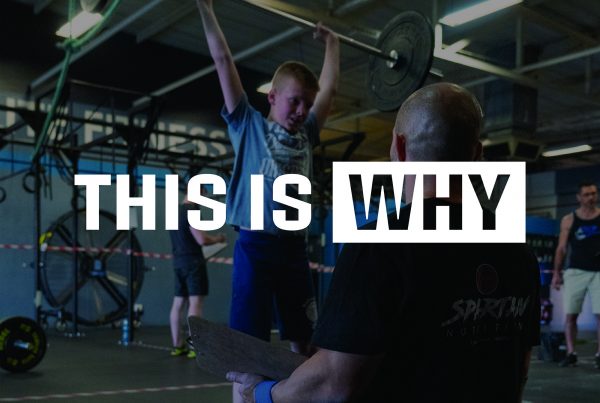Flexibility is the ability to maximise the range of motion (ROM) at a given joint. Each joint has “normal” limits for ROM. If your range is lesser than those limits you have a lack of flexibility, whereas if your range is beyond those limits you are hyper-mobile. Both a lack of flexibility and hyper-mobility come with injury concerns, but I’m going to talk about the former. Because most people are flexibility challenged nowadays!
Flexibility is one of the 10 recognised physical traits that fall under CrossFit’s first model of fitness. Inflexibility therefore means less fitness and that means diminished health. You don’t really notice a lack of flexibility when you’re sedentary, unless you remain sedentary until you’re older and basic daily tasks such as reaching for a cupboard or bending to pick something up become a challenge. You also won’t notice inflexibility if you’re following an exercise program that uses anything other than functional movements (in fact, you’re probably increasing your inflexibility). If you’re following a program like CrossFit that employs multi-joint movements through the joints full ROM, a lack of flexibility is exposed immediately.
You realise that every time you squat (i.e sit down) your ankles roll in and your butt tucks under the torso. Whenever you move a load overhead your spine hyperextends to enable the arms to pass overhead. Your heels pop off the ground when you set up for a deadlift (i.e. picking stuff up off the ground). This all happens even though it feels like you’re doing it correctly. That’s what we call dysfunctional movement – even though you understand and can visualise what you should be doing, and it feels like you are doing it, the movement is still abhorrent.
Inflexibility is already a problem. It’s a chink in your fitness and therefore health. But greater problems arise when you add strength and capacity to dysfunction. You keep loading up the back squat despite the poor ankle and hip mechanics. You keep pressing overhead despite the hyperextended spine. That abhorrent movement pattern is eventually registered in the brain as normal. Until something breaks.
When you add strength to a dysfunctional movement pattern you are essentially creating an injury. It will happen.
So what do you do? The obvious answers would be, don’t add strength to dysfunctional movements and work on your flexibility. But there is no such thing as common sense, yeah? So here are some simple guidelines:
- Where safe, reduce the ROM of a movement to within your limits of flexibility.
- Stretch daily, and spend most time stretching at the points of stickiness.
- Substitute alternate movements in for those where reducing ROM is unsafe. For example, reducing ROM on an overhead press is unsafe, so swap it out for something else.
- Stretch daily.
- Only begin to GRADUALLY and PROGRESSIVELY add load to a movement pattern when your mechanics are sound and ROM is optimal.
- Don’t be so pig-headed. A few weeks or months away from doing particular movements is far better than weeks away from any training at all due the injuries YOU created.
We add flexibility drills to both warm-ups and cool-downs everyday because flexibility improves through training. Just like strength and endurance, physiological changes must take place in the body in order for improvements to occur, and that takes time. But flexibility is also like nutrition – it’s on you to do it.
If you’re not sure what to do or are finding yourself socialising more than mobilising, sign up for the UpSkill plan for a few months. You’ll get a flexibility program tailored to your needs, and the progress will be measurable. For some, up skilling means getting more flexible 😉



